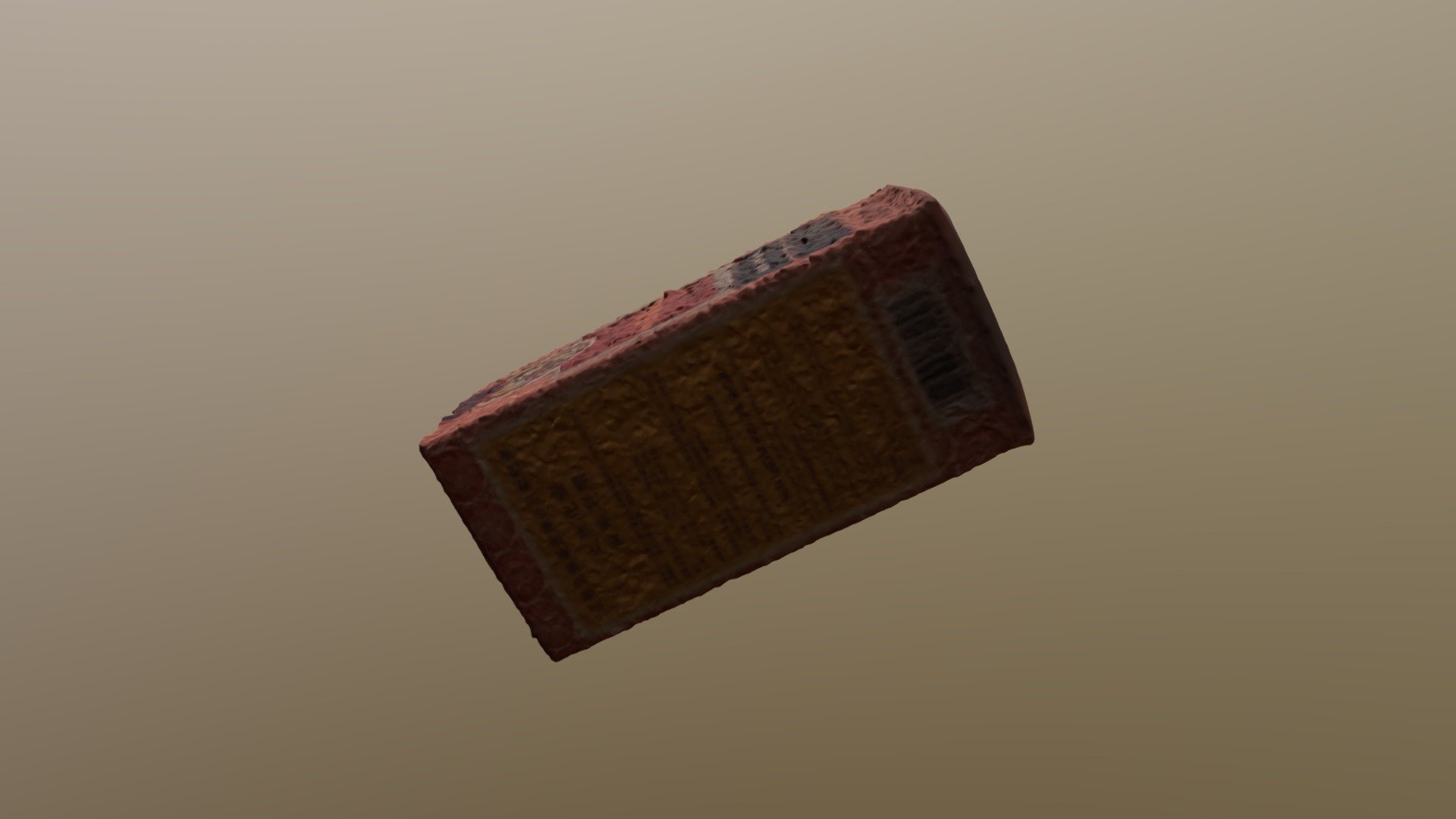
Box2
sketchfab
Reconstructing Reality One Pixel at a Time Human beings have been fascinated by the concept of three-dimensional (3D) reconstruction for decades. From the early days of computer graphics to the cutting-edge technology of today, 3D reconstruction has come a long way in revolutionizing various fields such as entertainment, education, and healthcare. By harnessing the power of artificial intelligence (AI), machine learning (ML), and computer vision (CV), researchers and developers have made significant breakthroughs in 3D reconstruction. This technology enables us to create highly detailed and realistic digital models of real-world objects, environments, and even living beings. The process of 3D reconstruction involves several key steps, including data acquisition, processing, and rendering. Data acquisition typically involves capturing images or videos from various angles using techniques such as photogrammetry or lidar scanning. The acquired data is then processed to extract relevant information and features, which are used to create a digital model. One of the most significant applications of 3D reconstruction is in the field of computer-aided design (CAD). By creating highly accurate digital models, designers can test and refine their designs before physical prototypes are created. This not only saves time and resources but also enables the creation of complex geometries that would be difficult or impossible to produce using traditional manufacturing techniques. In addition to CAD, 3D reconstruction has numerous other applications in fields such as archaeology, forensic science, and virtual reality (VR). By recreating historical sites, buildings, and artifacts, researchers can gain valuable insights into the past. In forensic science, 3D reconstruction is used to analyze crime scenes and reconstruct events. Meanwhile, VR technology relies on 3D reconstruction to create immersive and interactive experiences. As technology continues to advance, we can expect to see even more innovative applications of 3D reconstruction in the future. From medical imaging and biometrics to architecture and urban planning, this technology has the potential to transform numerous industries and revolutionize the way we live and work.
With this file you will be able to print Box2 with your 3D printer. Click on the button and save the file on your computer to work, edit or customize your design. You can also find more 3D designs for printers on Box2.
